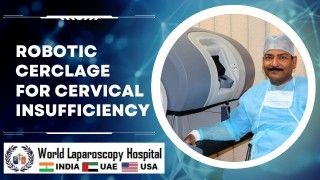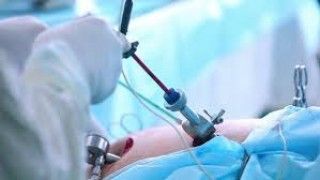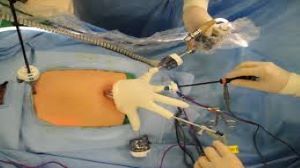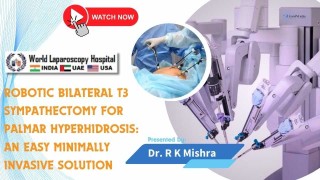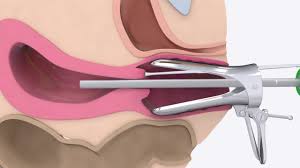Reinforcing Abdominal Strength: Minimally Invasive Laparoscopic Repair for Recurrent Hernia
Add to
Share
761 views
Report
1 year ago
Description
A hernia is a common condition that occurs when an organ or tissue pushes through a weak spot in the surrounding muscle or connective tissue. Hernias can develop anywhere in the body, but they most commonly occur in the abdomen or groin area. While most hernias can be repaired with surgery, there is a chance that they can recur, leading to further complications. One way to repair a recurrent hernia is through a minimally invasive laparoscopic surgery. This type of surgery uses small incisions and specialized tools to repair the hernia, which can lead to faster recovery times and less postoperative pain compared to traditional open surgery. During a laparoscopic hernia repair, the surgeon will make a few small incisions in the abdominal area, through which they will insert a laparoscope, a thin tube with a camera and a light on the end. This allows the surgeon to view the hernia from inside the body and use specialized instruments to repair the hernia. One of the main advantages of laparoscopic hernia repair is that it is minimally invasive, meaning that there is less trauma to the surrounding tissues and organs, leading to a faster recovery time. Additionally, because the incisions are small, there is less risk of complications such as infection, bleeding, and scarring. This type of surgery is also less painful compared to traditional open surgery, which requires a larger incision and more extensive tissue manipulation. For patients with a recurrent hernia, laparoscopic repair can be an effective treatment option. However, it is important to note that this type of surgery may not be appropriate for all patients. The surgeon will evaluate each patient's individual case to determine the best course of treatment. In conclusion, recurrent hernias can be challenging to treat, but minimally invasive laparoscopic repair can offer a safe and effective solution. With its numerous benefits, such as faster recovery times, less postoperative pain, and reduced risk of complications, laparoscopic repair is a promising option for patients with recurrent hernias.
Similar Videos

